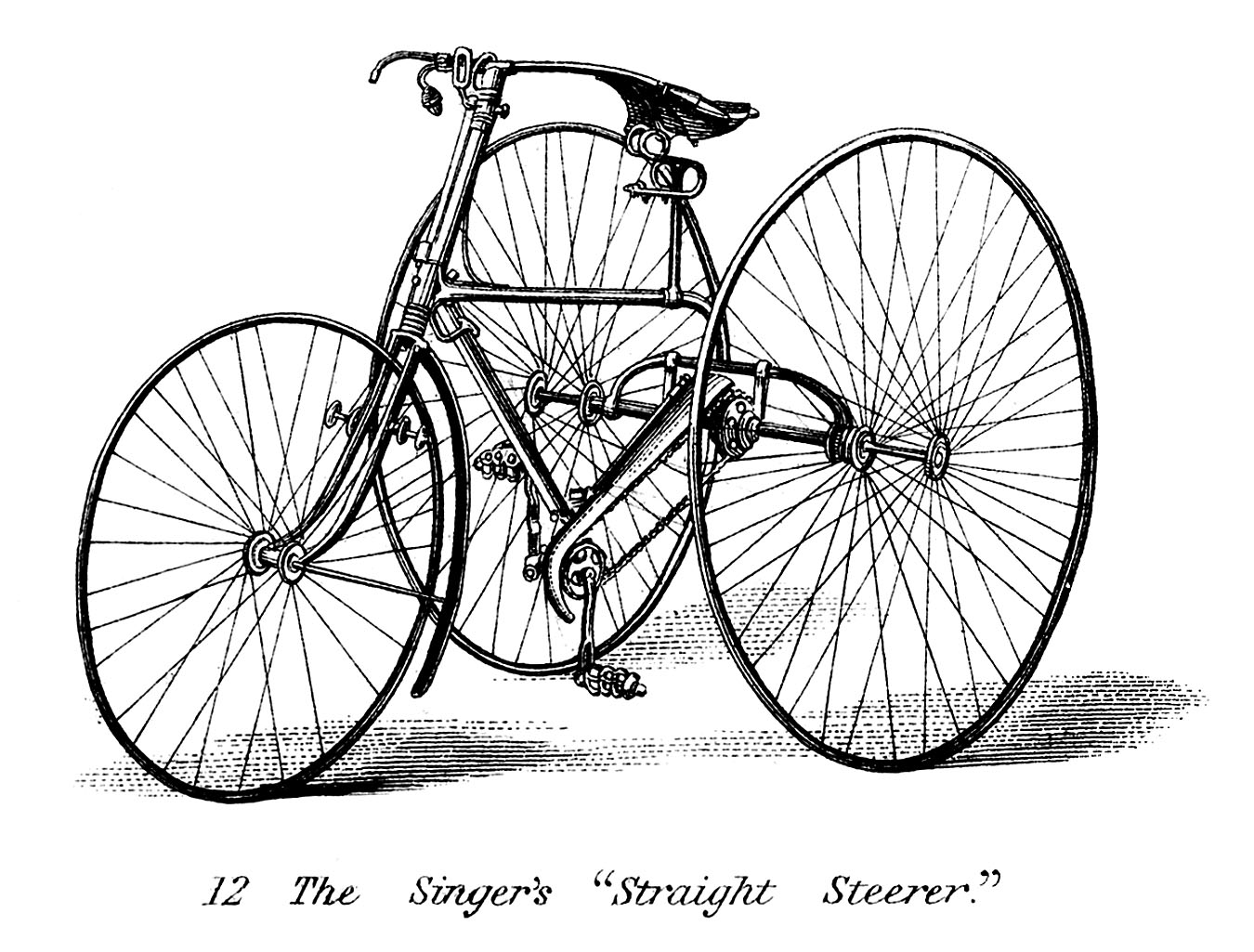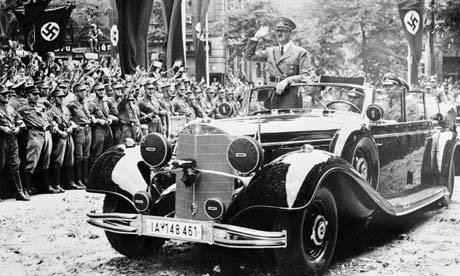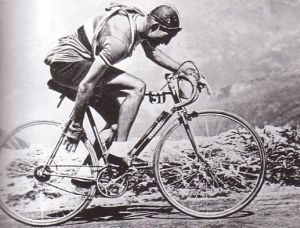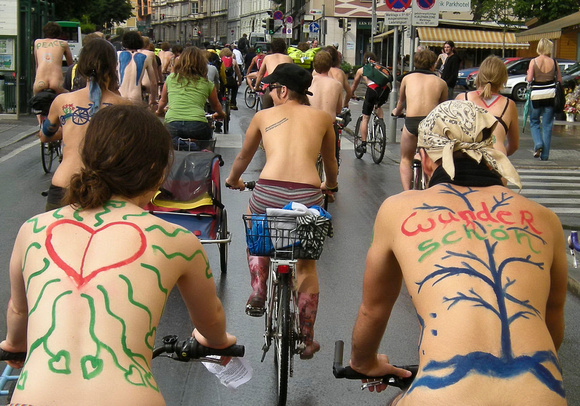 In his homage to density (Special to the Vancouver Sun, August 15, 2013) Prof. Emeritus Michael Goldberg instructs that salvation lies in adding more people to neighborhoods.
In his homage to density (Special to the Vancouver Sun, August 15, 2013) Prof. Emeritus Michael Goldberg instructs that salvation lies in adding more people to neighborhoods. Goldberg thinks that all Vancouver neighborhoods “need higher density and taller buildings to protect and preserve their single-family residential area.” He adds, “When people talk about ‘neighborhood’ they talk about neighbors."
Politicians seeking re-election should not rely too heavily upon the insights of monarchs or tenured professors on what simple folk talk about. We do not necessarily chatter about the convenience of borrowing a jar of pickles from our friends next door. Anyone who has ever run for political office knows that people are interested among other things, in the enjoyment of their own properties which are affected by a lot of things that accompany an increase in population. Among these are noise, shadows, traffic, loss of parking, gentrification or its reverse, security and loss of open space.
Prof. Goldberg says, “the only way I know to keep people in a neighborhood over their lifecycle is to change the buildings to allow them to remain there as they age and the housing needs change."
The most dependable way of keeping people in a neighbourhood is a jail. If they want to take their money and run, they may move to Bowen Island or even Cortes. If seniors, after they have cleared a couple of million dollars on the sale of their homes, cannot find a suitable apartment, it is the rampant price inflation caused in large measure by the City itself, announcing that it considers an increase in density absolutely essential and pre-zoning arterials. If the population, however, is relatively stable, empty nesters move into existing apartments replacing those selected for St. Peter's gated community.
Goldberg notes, "extensive empirical research I did 35 years ago on densifying Kerrisdale showed unequivocally that single-family houses adjacent to midrise apartment zones suffered no adverse effects in value from the rezoning, nor was there any decay in the physical quality of the neighborhood." (Underlining added)
Detached homes in the shadow of towers would not decline in value if their loss in amenity is offset by the increase in development potential. Zoning is a form of alchemy by which cities convert soil to gold. If a property that is trapped between two towers is not eligible for re-development, it is most unlikely that it would have the same value as properties in other zones that can support plant life.
Goldberg continually refers to preserving "our single family neighborhoods," ignoring the fact that these have not existed for years. Densification has allowed secondary suites in virtually all homes as well as backyard laneway houses. This was achieved by a process that was not conspicuous for the level of consultation.
The C-2 (commercial) zones along arterials in Vancouver generally allow for building heights of four stories. If one drives along almost any C-2 zoned street such as Main, Cambie, South Granville, Dunbar, Arbutus or Broadway it is immediately apparent that they are not even close to capacity to accommodate four stories under their present zoning. Allowing developments in those areas is already legal. Rezoning is not required.
Since these commercial zones are often adjacent to low rise detached homes, rezoning to allow an increase in height (even with no increase in density) may have a massive impact on the neighbors whose privacy, view and light is blocked by the added height.
Goldberg says, "Large and growing expenditures on rapid transit generate enormous opportunities to create significant height and density at transit stations and along major transit corridors."
For whom do the bells of opportunity toll?
When a transit stop is placed in a neighborhood its effect and probably its purpose in the first place is to increase the density of that neighborhood. Some property owners may have wanted and benefited from it and others may not. In either case, they did not really have much of a say in the matter. (See for example the reasons for judgment in the Supreme Court decision in Heyes v. City of Vancouver, 2009 BCSC 651 showing the extent to which there were winners and losers.)
If the decision was made to increase neighborhood density by the placement of a transit stop without the neighourhood buying into it, then the demand to supply more housing has been created by transit itself. Densification in such circumstances is a consequence – not a solution.
Goldberg says, "The great success of densification along Broadway near Arbutus includes buildings up to nine stories and has benefited the neighborhood greatly. Residents enjoy added retail and commercial services, a larger population to help sustain these services and no loss of neighborhood quality.”
In other words, "Let them eat cake." The truth is that residents are affected in different ways. If they can't find parking, if there is more noise from traffic, if their homes are placed in shadows, it is for them to determine whether the increase in the supply of Gâteau au chocolat et croissants is adequate compensation.
Goldberg refers to Coal Harbour as a "hugely successful neighborhood with virtually no vacancies, highly prized by residents." No one says that high density neighbourhoods including Yaletown and the West End are not successful. Coal Harbour, however, is not the best example. It was not plunked in the middle of an established residential neighborhood but replaced a rail yard. It also has a high vacancy rate. (See http://www.cbc.ca/news/canada/british-columbia/story/2013/03/21/bc-condos-empty.html) Yaletown resulted from a rezoning of an old warehouse district. The high density West End resulted from the rezoning of a neighborhood in decline that was ripe for redevelopment.
Until now, Vancouver has not rezoned healthy, stable neighbourhoods of detached homes.
Goldberg says that “For Vancouver to support current and future residents, it needs a varied, robust economy offering opportunities for the entire spectrum of professional, skilled and unskilled workers that are part of a mixed, stable and prosperous urban and regional economy.”
Goldberg says that “For Vancouver to support current and future residents, it needs a varied, robust economy offering opportunities for the entire spectrum of professional, skilled and unskilled workers that are part of a mixed, stable and prosperous urban and regional economy.”
The rule of law
That is not what the fight is about. The fight is about the rule of law. Current zoning already allows for tremendous increases in density in a form that has been acceptable in Vancouver and to which developers are already entitled as a matter of right.
Vancouver's current nest of politicians has been selling zoning to developers in what amounts to a Persian market. These variable extractions are called community amenity charges. Authorized by Vancouver Charter s. 565.1, they are not applied to replace lost amenities suffered by neighbours brought about by amendments to established zoning regulations. The money is spent in any way City Hall wants. It is a system that compromises the integrity of government and in which the public has lost confidence.







